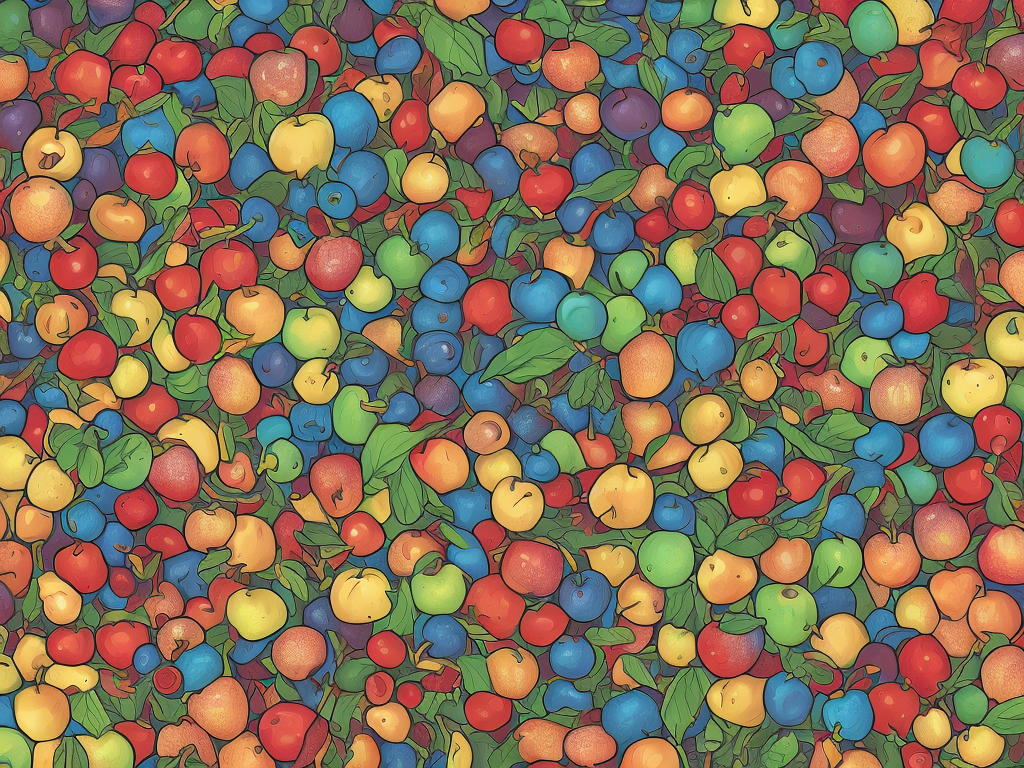
When the leaves start turning vibrant shades of orange and the crisp autumn air fills the atmosphere, it's time to start thinking about apple harvest season. One of the highlights during this time of the year is enjoying a glass of apple juice or apple cider. While these two beverages may seem quite similar, there are distinct differences between them. In this article, we delve into the characteristics that differentiate apple juice from apple cider.
One of the key differences between apple juice and apple cider lies in the process of making them. Apple juice is typically made by taking apples and extracting their juice through a filtration process. The extracted liquid is then pasteurized to remove any harmful bacteria or enzymes, which extends its shelf life. On the other hand, apple cider is made by pressing whole apples and extracting their juice, without undergoing the filtration and pasteurization processes. As a result, apple cider retains its natural cloudiness and contains more pulp and sediment compared to apple juice.
Another significant distinction between apple juice and apple cider is their taste profiles. Apple juice has a sweet and smooth flavor, with a strong emphasis on the natural sweetness of apples. Its consistency is thinner and more transparent than apple cider. On the other hand, apple cider tends to have a richer, fuller, and more robust flavor. It is often described as having a tangy and tart taste, with a natural spiciness that can vary depending on the apple varieties used. The presence of pulp and sediment in apple cider adds to its unique texture, making it slightly thicker and more opaque compared to apple juice.
The color of these two beverages is yet another way to distinguish them. Apple juice, being filtered and pasteurized, has a clear and transparent appearance, similar to the color of fresh apple flesh. Its transparency allows light to pass through effortlessly, giving it a golden or straw-like hue. On the other hand, apple cider has a cloudy appearance due to the presence of pulp, sediment, and sometimes even tiny bits of apple skin. Its color can range from a pale yellow to a deeper amber, which adds to its rustic and natural charm.
The shelf life of apple juice and apple cider also differs due to the processes they undergo. Apple juice, with the help of pasteurization, has a longer shelf life and can typically be stored in the refrigerator for several weeks or even months. This is because pasteurization eliminates bacteria and enzymes that can cause the juice to spoil. In contrast, apple cider is typically unpasteurized and has a shorter shelf life. It is often sold refrigerated and should be consumed within a few days or within a week to ensure freshness and avoid fermentation.
The uses of apple juice and apple cider in various culinary applications also showcase their differences. Apple juice is versatile and is often used as a key ingredient in cooking and baking. It can be found in recipes for marinades, glazes, sauces, and even desserts. Its sweet and mild flavor pairs well with a wide range of ingredients and can add a subtle hint of apple essence to dishes. On the other hand, apple cider is commonly enjoyed as a standalone beverage, especially during the fall and winter months. It is also used for making traditional warm drinks like mulled cider or spiced apple cider. The robust flavor of apple cider makes it an ideal base for adding spices such as cinnamon, nutmeg, and cloves. This creates a comforting and aromatic beverage perfect for cozying up during colder days.
Furthermore, the geographical origins of these two beverages also contribute to their distinctions. In the United States, the terms "apple juice" and "apple cider" are used interchangeably. However, in some regions, apple cider is specifically referred to as the unfiltered and unpasteurized juice obtained directly from apples. To further confuse matters, in certain European countries, "apple cider" refers to an alcoholic beverage similar to beer, while "apple juice" is a non-alcoholic beverage made from pressed apples. These nuances based on geographical and cultural differences add layers of complexity to the definition and perception of apple juice and apple cider worldwide.
In conclusion, while apple juice and apple cider may both come from apples, they possess distinct characteristics that set them apart. Apple juice is a clear, sweet, and smooth beverage that undergoes filtration and pasteurization, resulting in an extended shelf life. On the other hand, apple cider retains its natural cloudiness, offering a more robust, tangy, and tart flavor. With its pulp and sediment, apple cider has a thicker consistency and a shorter shelf life. These differences, along with their uses in cooking and cultural variations, make both apple juice and apple cider unique and delightful choices, especially during the delightful fall season. So, the next time you find yourself reaching for a glass of apple goodness, you'll now have a better understanding of the variances between these popular apple-based beverages.
 Self-Instruct
Self-Instruct